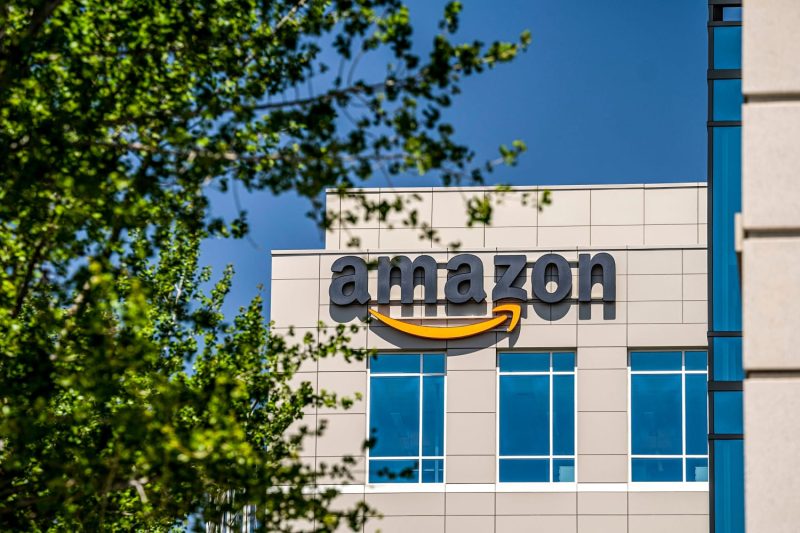Amazon’s decision to shutter its Speedy Brick and Mortar delivery service has sparked significant debate among industry analysts and consumers. Launched just over a year ago, the service aimed to provide customers with rapid same-day delivery from local shops, enhancing Amazon’s presence in the physical retail space. The move to discontinue Speedy Brick and Mortar comes as a surprise to many, raising questions about Amazon’s long-term strategy and the future of quick brick-and-mortar delivery services.
One of the key reasons cited for the discontinuation of Speedy Brick and Mortar is the challenging economics of operating such a service. Despite its promise of fast delivery, the costs associated with maintaining a network of physical stores and coordinating rapid fulfillment proved to be unsustainable for Amazon. By closing down this service, the e-commerce giant aims to refocus its efforts on strengthening its core online retail business and improving the efficiency of its existing delivery infrastructure.
Additionally, the decision to shut down Speedy Brick and Mortar reflects a broader trend in the retail industry towards consolidation and optimization. With consumers increasingly turning to online shopping for convenience and variety, the demand for brick-and-mortar delivery services has been somewhat limited. Amazon’s move signals a shift towards streamlining its operations and investing in areas with higher growth potential, such as e-commerce, cloud services, and artificial intelligence.
While the closure of Speedy Brick and Mortar may disappoint some customers who appreciated the convenience of quick in-store delivery, Amazon remains committed to providing fast and reliable shipping options through its vast network of fulfillment centers and partnerships with carriers. The company’s focus on innovation and customer satisfaction continues to drive its success in the competitive retail landscape, despite occasional setbacks like the discontinuation of certain services.
Looking ahead, it will be interesting to see how Amazon adapts its delivery strategies in response to evolving consumer preferences and market dynamics. The company’s ability to anticipate and address changing demands will be crucial in maintaining its position as a leader in the retail industry. While the closure of Speedy Brick and Mortar may mark the end of an ambitious experiment, it also serves as a reminder of the importance of flexibility and adaptation in an ever-changing business environment.
